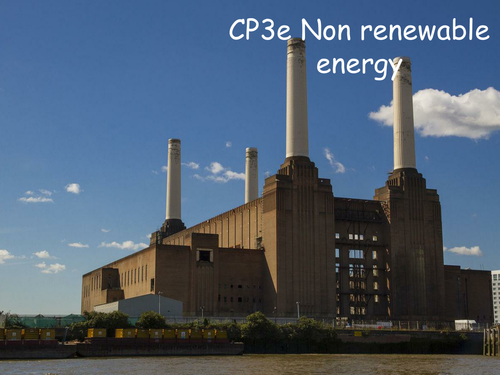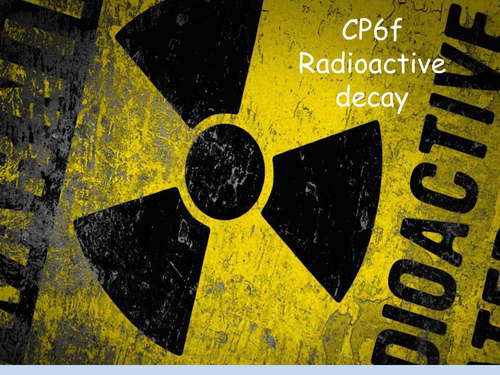Science guy
All the resources I have created are specifically targeted at the new specification for Edexcel (9-1) I have followed recommendations from Active teach and the exam specification to make sure all relevant content is covered. Most are lessons within themselves and for those new to teaching may find it reassuring to know that the information the class need is often written in a simple, easy to understand format on the power points themselves.
















